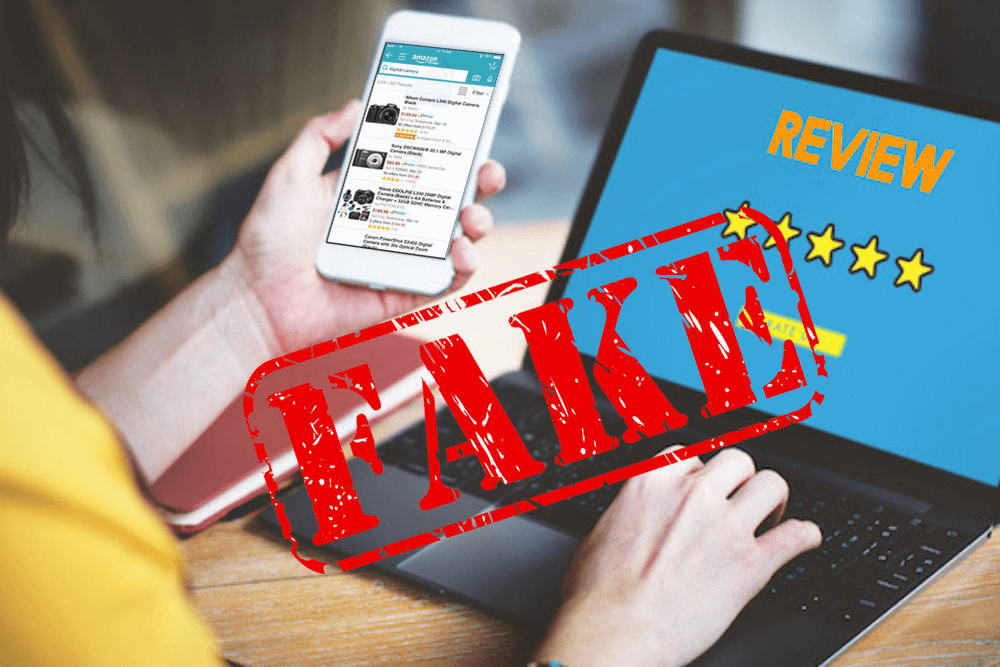1K
On Amazon, you can find reviews for many products, but they are not always genuine and it is worth checking them before you buy.
Amazon reviews: How to check them
Many customers base their purchasing decisions on the star ratings on Amazon. The more stars a product has, the better the estimated quality. However, numerous reviews are fake. Writing these fake reviews is a lucrative side job for so-called “clickworkers.” For this, the authors do not even have to own the rated products. You can recognize fake reviews by various signs:
- Star count: first count the number of stars for the reviews. As a rule, fake reviews get 5 (or more rarely 4) stars, because many positive reviews increase the average value. If the vast majority of the previous ratings were negative, numerous very positive reviews that suddenly appear are probably not genuine.
- Wording: Check the wording of the reviews. Often, fakes contain certain extreme terms, often taken from advertising or product descriptions. These include words like “unique,” “wonderful,” “top of the line,” and “super quality.” Also, many spelling and grammatical errors indicate fake reviews.
- Shortness: Count the number of terms in reviews. Often reviews consist of merely a very few words. Examples are: “top gift”, “very good”, “fast delivery”, “am very satisfied” and “good quality”. More often, only a single word is sufficient for fake reviews, such as “ok”, “perfect”, “top” or “impeccable”.
- Competing Products: Check if the writer has given a negative review with 1 or 2 stars and at the same time intensively points to an alternative product. Such intrusive recommendations may have been ordered and paid for more often by the competition.
- Frequency: More information about fakes can be found in the public user profiles, which you can open by clicking on the names above the reviews. Listed there are the 16 most recent reviews. You should also check the date of each review. If a person posted numerous reviews on the same day or within a few days, it is very suspicious.
- Copies: Also check if certain phrases appear multiple times in user profiles. This involves using third-party or your own reviews using the “copy and paste” method. To detect this, you can type important parts of the reviews into a major search engine as a search command and look for matches.
- identities: Sometimes you will find that several reviews of a product are almost identical. Then you should use the different user profiles to check if the reviewers in question are in fact one and the same person, working under different names.
- Amazon tries to delete as many fake reviews as possible and in extreme cases to block the affected reviewers. Trustworthy reviews are published with the addition of “verified purchase”. This ensures that the product was actually purchased from Amazon at the normal price and then, as a rule, seriously rated.

